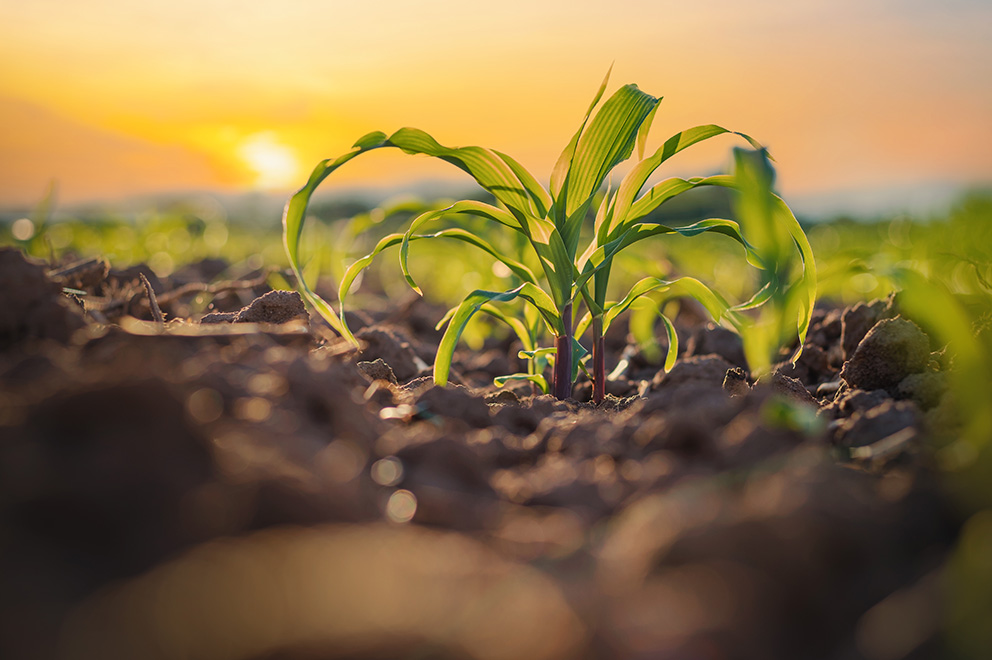Sustainable Meltblown Nonwoven Solutions, made of PLA
Towards a Sustainable Future: Exploring the Potential of PLA Bioplastics
As our world faces an escalating environmental crisis, regulatory restrictions on plastic usage are tightening and the call for a circular economy grows louder. This has sparked an urgent need for sustainable alternatives to traditional packaging materials. Polylactide (PLA), a type of bioplastic derived from renewable raw materials like corn starch and lactic acid, presents a compelling solution.
The molecular structure of PLA is both biodegradable and compostable, making it an environmentally friendly packaging alternative that fulfills the renewable biomass criterion. The production, manufacturing, and recycling processes of PLA are resource-saving, ensuring its easy integration into the resource and raw material cycle.
PLA offers numerous advantages such as excellent recyclability, high transparency and strength, good processability, and favorable water vapor permeability. It is also compostable according to DIN EN 13432. These attributes make it a promising candidate for various applications.
At GESSNER, we're leveraging the versatile properties of PLA for our meltblown process. This results in a nonwoven that not only meets diverse application needs but also facilitates the easy recyclability of bioplastics. Through our customizable sustainable innovations, we're committed to contributing to the reduction of plastic pollution.





